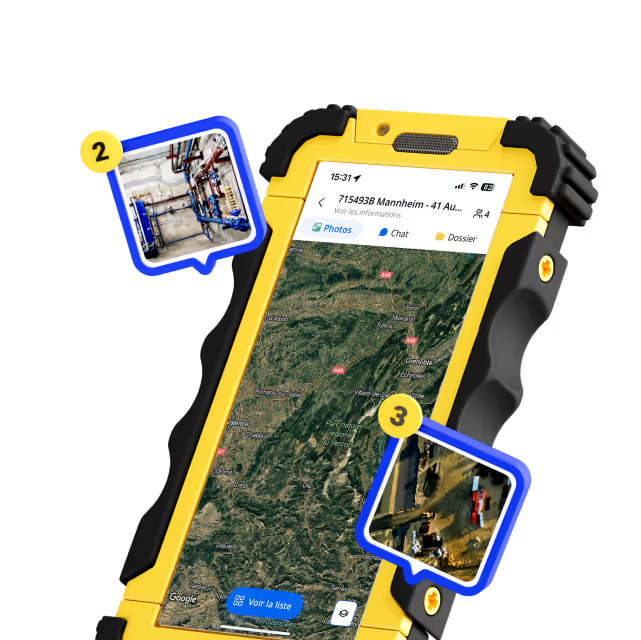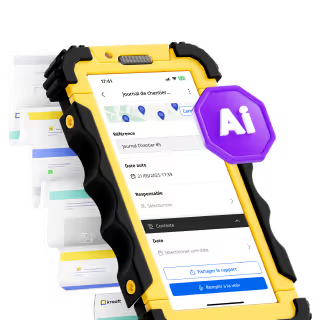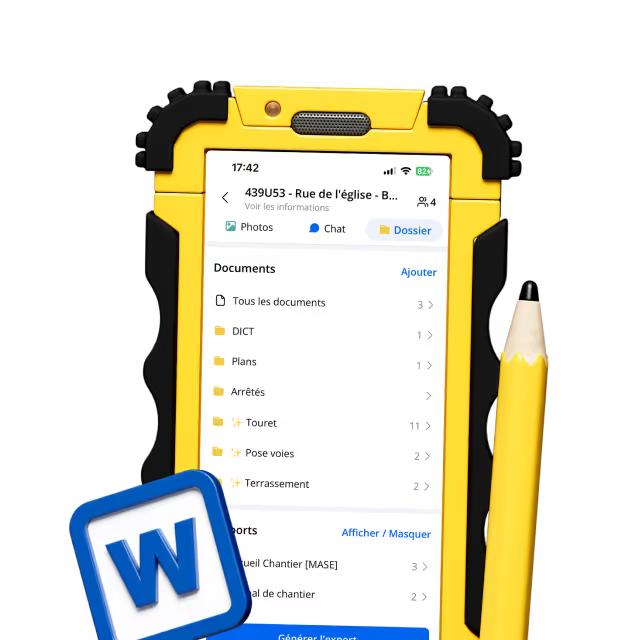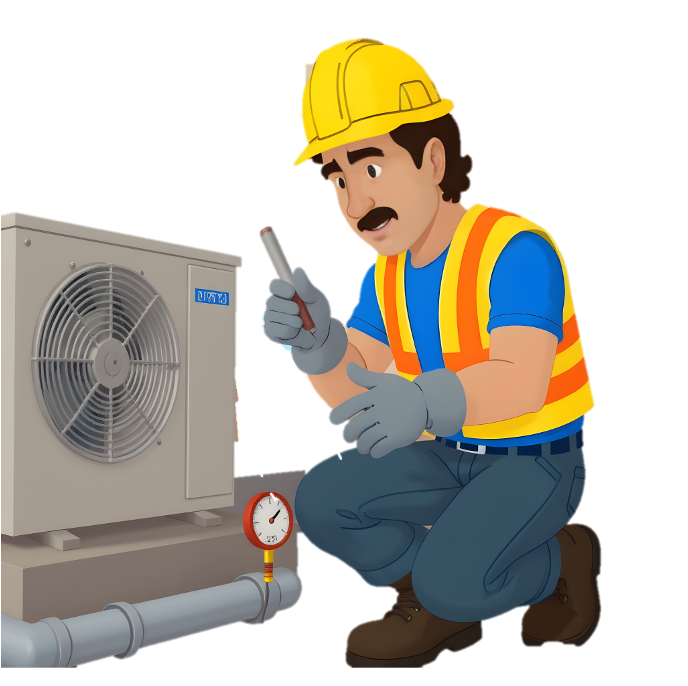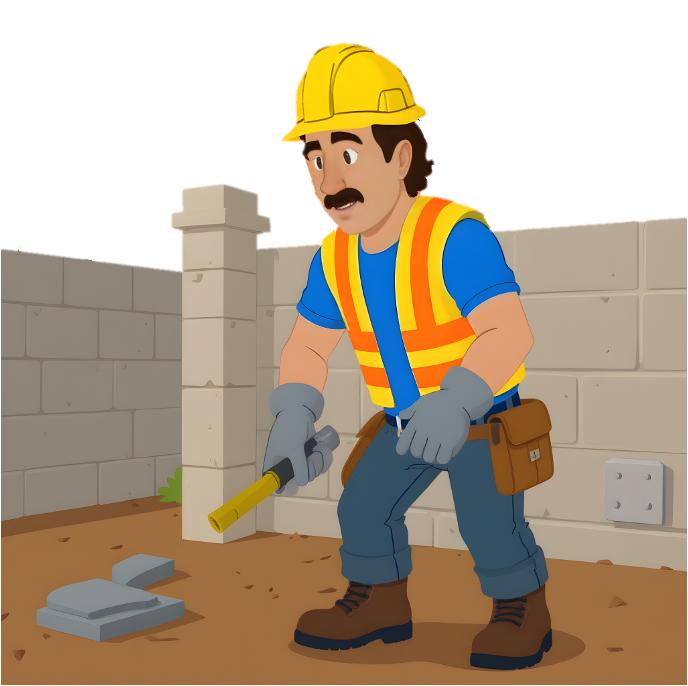Best Construction Software for HVAC Contractors (2025 Guide)

Introduction
Managing HVAC projects requires precise coordination between office staff, technicians, and subcontractors. From installation to maintenance, each step involves strict timelines, documentation, and communication across teams. Construction software for HVAC contractors helps bring all of that under control — uniting scheduling, field updates, and reporting in one place.
As projects become more complex, digital tools have become essential for maintaining efficiency, safety, and client satisfaction. The right platform ensures everyone — from estimators to installers — stays aligned on scope, progress, and deliverables.
Related reading: Best construction software for plumbing · Procore alternative for construction · WhatsApp alternative for construction
Core Features of HVAC Construction Software
1. Project & Field Management
HVAC jobs often span multiple sites, with several teams working simultaneously. Construction software centralizes project schedules, tasks, and progress tracking so managers always know what’s happening on each job.
Field crews can update job status, upload photos, and record notes directly from mobile devices. This keeps office teams informed without relying on calls or texts. Cloud-based dashboards give real-time visibility into what’s completed and what still needs attention.
2. Communication & Coordination
Miscommunication is one of the biggest sources of delay in HVAC projects. Modern platforms now integrate messaging, file sharing, and reporting within a single workspace.
Instead of juggling text threads, photos, and spreadsheets, teams communicate directly through structured job channels — ensuring updates stay tied to the correct project. This reduces lost information and rework caused by outdated instructions.
3. Documentation & Compliance
HVAC contractors handle a wide range of documents: blueprints, mechanical drawings, permits, and inspection reports. Construction software simplifies storage and access by keeping everything centralized and version-controlled.
Digital document management also supports compliance with mechanical codes and safety standards. Many platforms allow teams to attach annotated PDFs, photo records, and change logs to each job for a clear audit trail.
4. Mobile Accessibility
Most HVAC work happens in the field — not in an office. Reliable mobile access is critical for technicians who need to share photos, record measurements, or access schematics while on-site.
Offline capabilities are equally important for areas with poor signal. The best HVAC construction software syncs automatically once back online, ensuring no data is lost during the workday.
Benefits for HVAC Contractors
Improved Efficiency
By connecting the office and field, construction software reduces the time wasted on manual coordination and repetitive admin work. Real-time updates mean fewer status calls, faster approvals, and more consistent progress tracking.
Better Collaboration
Teams work from the same source of truth — shared dashboards, group chats, and file repositories. This transparency helps supervisors catch issues early, keeps documentation consistent, and strengthens accountability across projects.
Reduced Errors and Rework
Automatic version control, geotagged photos, and standardized reports minimize the risk of mistakes or miscommunication. Everything stays documented and traceable, helping contractors maintain quality and client trust.
Examples of Leading HVAC Construction Software
- Procore – A comprehensive platform for large-scale project management, offering advanced scheduling, budgeting, and documentation tools.
- Fieldwire – Known for task management and plan viewing, widely used for on-site coordination.
- Buildertrend – Combines project tracking with client communication and scheduling for residential HVAC and renovation work.
- Kraaft – A field-first communication app designed for contractors who rely on photos, chats, and real-time updates. It organizes discussions and site photos by project, making collaboration as easy as messaging.
Kraaft stands out for teams that want a lightweight alternative to traditional software. It brings together chat-based updates, geotagged photo documentation, and instant reporting — all optimized for technicians in the field.
Choosing the Right HVAC Software
When selecting a platform, HVAC businesses should consider:
- Ease of use – Can field teams adopt it quickly without long training?
- Mobile reliability – Does it work smoothly on-site, even offline?
- Documentation quality – Does it centralize reports, permits, and client updates?
- Integration – Can it connect with accounting, CRM, or dispatch tools?
- Scalability – Will it adapt as your team or number of projects grows?
The most effective system is one that technicians actually use daily — bridging communication between the office and the jobsite without adding extra admin steps.
Conclusion
The HVAC industry depends on precise coordination, consistent documentation, and fast communication between teams. Modern construction software makes that possible by connecting the office and field in real time.
Whether managing multi-site installations or ongoing service contracts, digital tools bring order and transparency to every stage of the job. For teams seeking a communication-first approach, Kraaft offers a simple, field-proven way to keep everyone aligned and every job documented.





